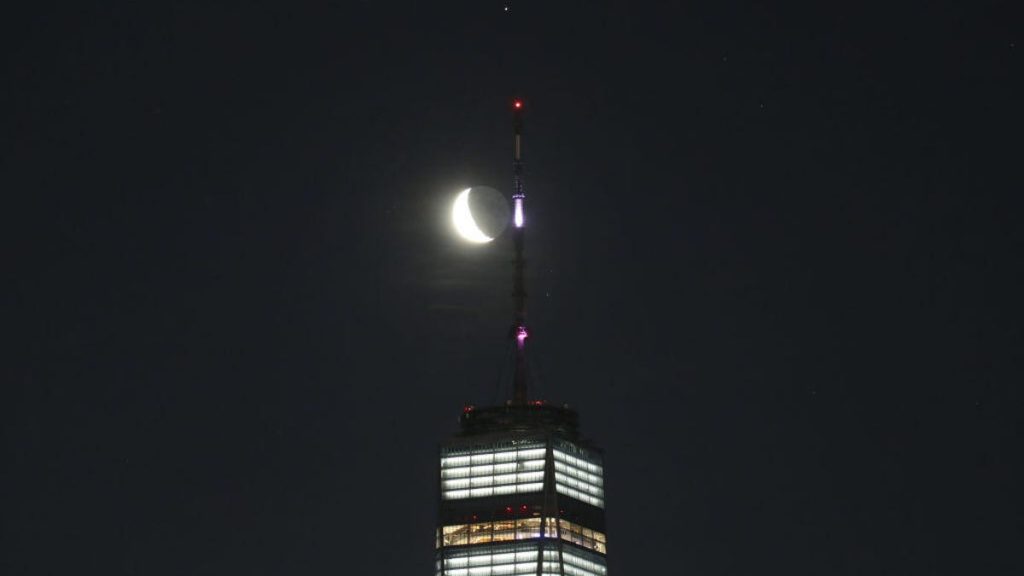This week has provided skywatchers with some spectacular events, including an aurora borealis and the Perseids meteor shower. The next event to look forward to is a conjunction of Mars and Jupiter, where the two planets will appear to be very close to each other in the night sky. This event will be visible all over the US, with Jupiter appearing brighter than Mars. Stargazers can expect to see the two planets rising in the night sky between 1:30 a.m. and 2:30 a.m., tucked in the Taurus and Auriga constellations.
The best time to view Mars and Jupiter is a couple of hours before sunrise, as they will be at their highest point in the sky. While a telescope or binoculars are not necessary to view this conjunction, they may enhance the experience by allowing observers to see the planets more clearly. After Wednesday morning, Mars will gradually drift away from Jupiter, providing a few more days to witness the two planets in close proximity before they move farther apart in the coming weeks. This conjunction is a relatively common event that occurs about once every couple of years, with the next similar occurrence expected in 2033.
The proximity of Mars and Jupiter during this conjunction makes for a special viewing experience for space enthusiasts. While the two planets have been in conjunction 11 times since 2000 and are scheduled to meet again in November 2026, it is rare to see them as close together as they will be on Wednesday morning. This conjunction marks a unique opportunity for skywatchers to witness the two planets seemingly on top of each other in the night sky, with Mars floating in front of and to the left of Jupiter. The celestial event will be visible to viewers all across the US, with the best viewing time being a few hours before sunrise.
As with any sky event, weather and light pollution can affect visibility, so it is recommended to find a location with minimal artificial light to enhance the viewing experience. While the planets will be clearly visible to the naked eye, using a telescope or binoculars can provide a closer look at Mars and Jupiter during the conjunction. This celestial event is a reminder of the wonders of the universe and the beauty of the night sky, offering a chance for observers to marvel at the cosmic dance of these two planets in the early morning hours.
In addition to the Mars-Jupiter conjunction, skywatchers can also look forward to the Alpha Aurigids meteor shower that will peak later this month. The night sky continues to offer a variety of celestial events for viewers to enjoy, from meteor showers to planetary alignments. Each event provides a unique opportunity to connect with the vastness of the universe and appreciate the beauty and wonder of the cosmos. Whether observing alone or with a group of fellow stargazers, moments like these serve as a reminder of the awe-inspiring nature of the universe and the mysteries that await beyond our planet.


